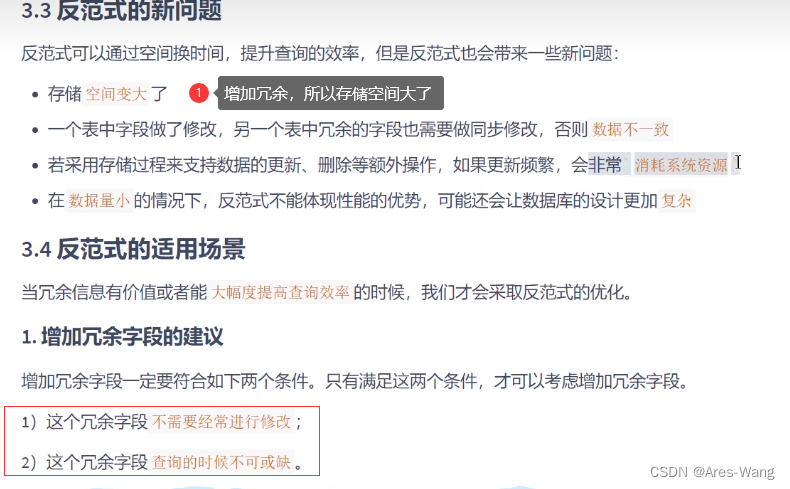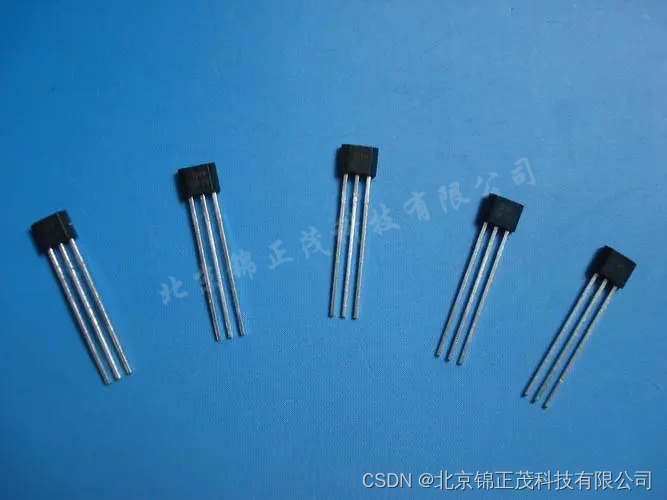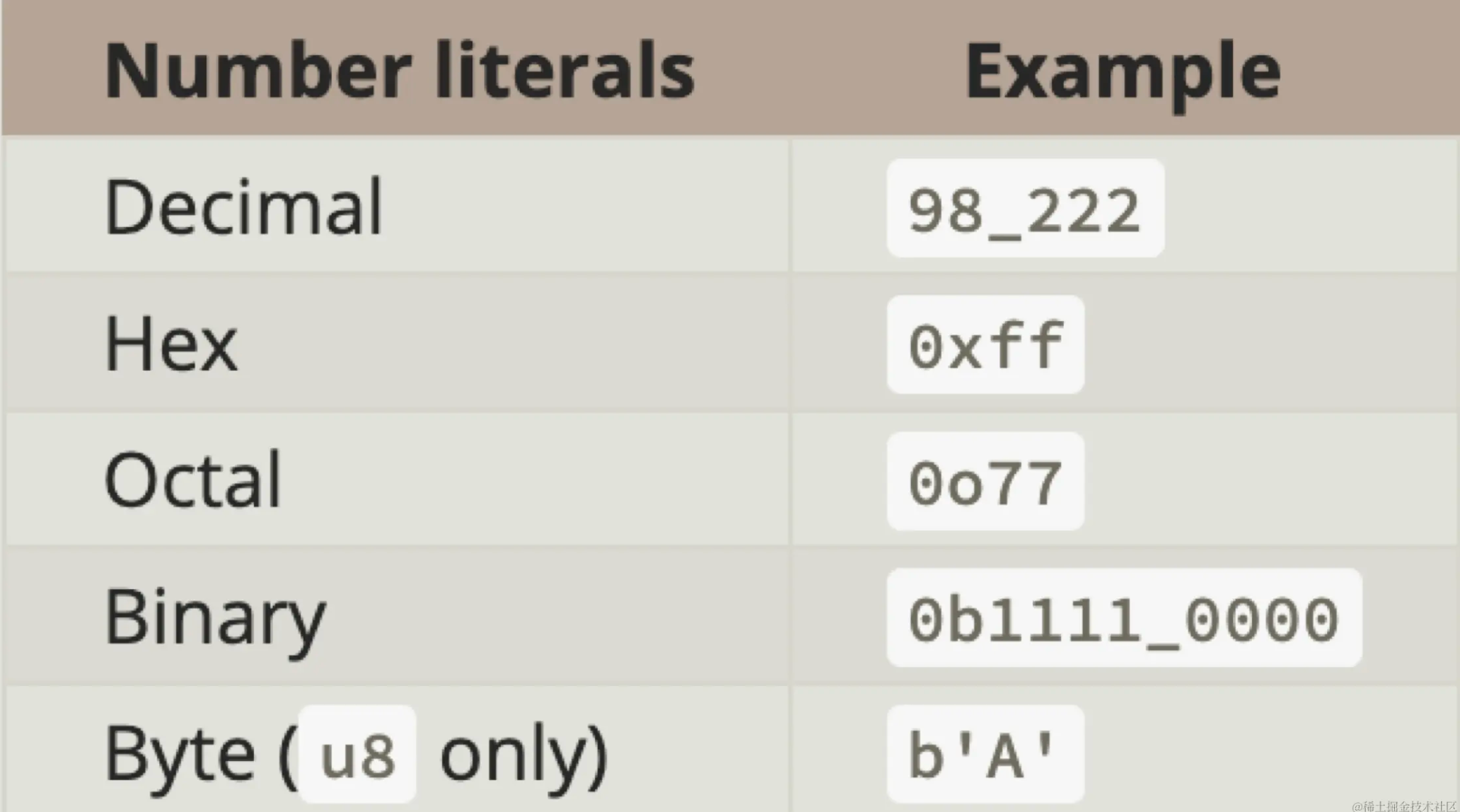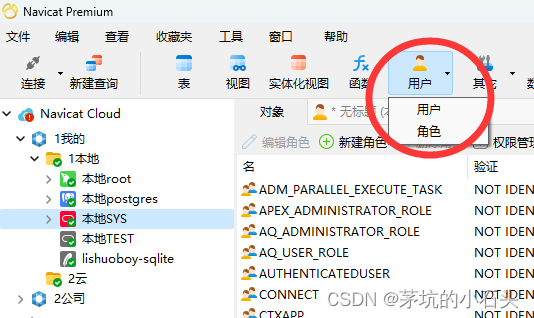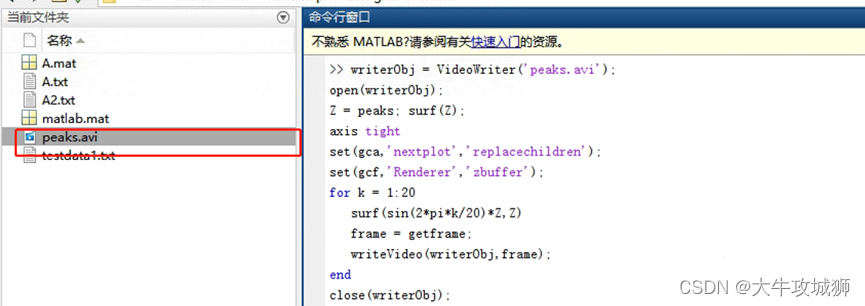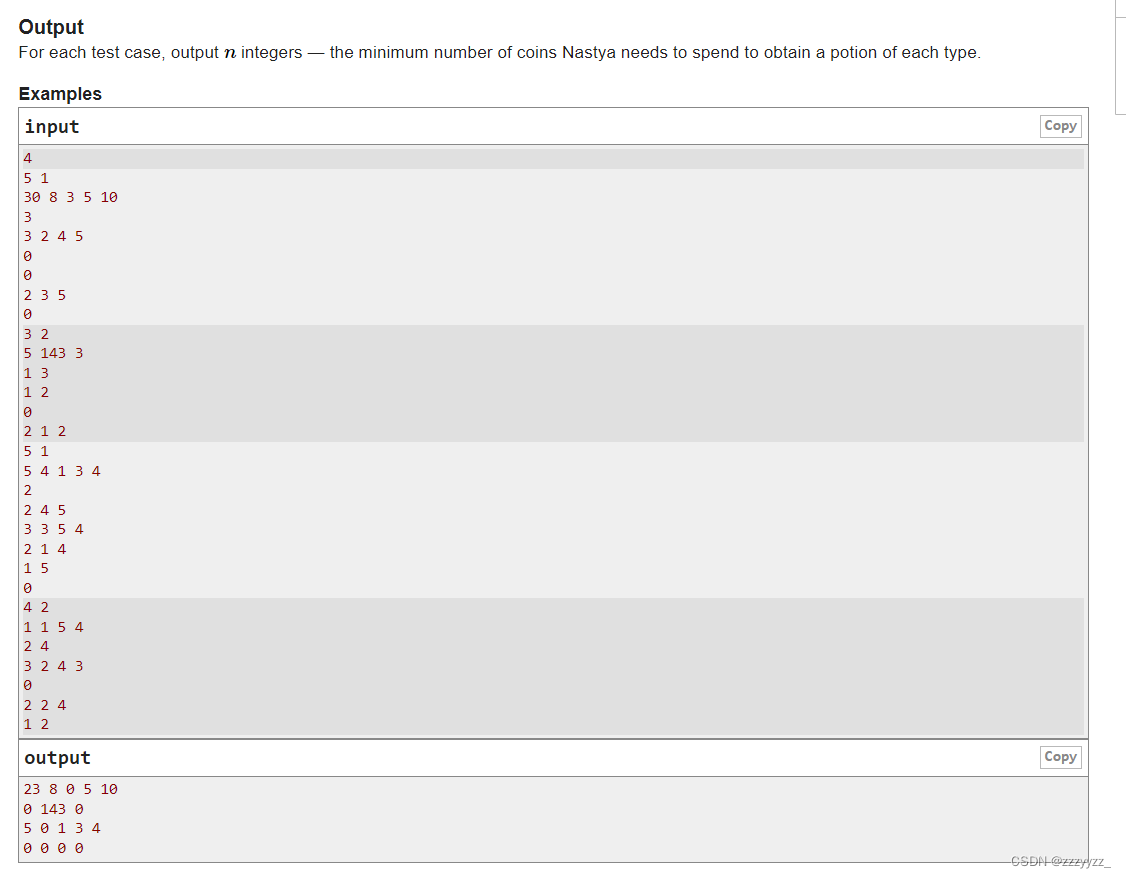文章目录
- 1. list的介绍及使用
- 1.1 list的介绍
- 1.2 list的使用
- 1.2.1 list的构造
- 1.2.2 list iterator的使用
- 1.2.3 list capacity
- 1.2.4 list element access
- 1.2.6 list的迭代器失效
- 2. list的模拟实现
- 2.1 模拟实现list
- 3. list与vector的对比
1. list的介绍及使用
1.1 list的介绍
list的文档介绍
- list是可以在常数范围内在任意位置进行插入和删除的序列式容器,并且该容器可以前后双向迭代。
- list的底层是双向链表结构,双向链表中每个元素存储在互不相关的独立节点中,在节点中通过指针指向
其前一个元素和后一个元素。 - list与forward_list非常相似:最主要的不同在于forward_list是单链表,只能朝前迭代,已让其更简单高
效。 - 与其他的序列式容器相比(array,vector,deque),list通常在任意位置进行插入、移除元素的执行效率
更好。 - 与其他序列式容器相比,list和forward_list最大的缺陷是不支持任意位置的随机访问,比如:要访问list
的第6个元素,必须从已知的位置(比如头部或者尾部)迭代到该位置,在这段位置上迭代需要线性的时间
开销;list还需要一些额外的空间,以保存每个节点的相关联信息(对于存储类型较小元素的大list来说这
可能是一个重要的因素)
1.2 list的使用
list中的接口比较多,此处类似,只需要掌握如何正确的使用,然后再去深入研究背后的原理,已达到可扩展
的能力。以下为list中一些常见的重要接口。
1.2.1 list的构造
| 构造函数( ( (constructor))) | 接口说明 |
|---|---|
| list (size_type n, const value_type& val = value_type()) | 构造的list中包含n个值为val的元素 |
| list() | 构造空的list |
| list (const list& x) | 拷贝构造函数 |
| list (InputIterator first, InputIterator last) | 用[first, last)区间中的元素构造list |
1.2.2 list iterator的使用
此处,大家可暂时将迭代器理解成一个指针,该指针指向list中的某个节点。
| 函数声明 | 接口说明 |
|---|---|
| begin +end | 返回第一个元素的迭代器+返回最后一个元素下一个位置的迭代器 |
| rebegin +rend | 返回第一个元素的reverse_iterator,即end位置,返回最后一个元素下一个位置的reverse_iterator,即begin位置 |
【注意】:
- begin与end为正向迭代器,对迭代器执行++操作,迭代器向后移动
- rbegin(end)与rend(begin)为反向迭代器,对迭代器执行++操作,迭代器向前移动
1.2.3 list capacity
| 函数说明 | 接口说明 |
|---|---|
| empty | 检测list是否为空,是返回true,否则返回false |
| size | 返回list中有效节点的个数 |
1.2.4 list element access
| 函数说明 | 接口说明 |
|---|---|
| push_front | 在list首元素前插入值为val的元素 |
| pop_front | 删除list中第一个元素 |
| push_back | 在list尾部插入值为val的元素 |
| pop_back | 删除list中最后一个元素 |
| insert | 在list position 位置中插入值为val的元素 |
| erase | 删除list position位置的元素 |
| swap | 交换两个list中的元素 |
| clear | 清空list中的有效元素 |
list中还有一些操作,需要用到时大家可参阅list的文档说明。
1.2.6 list的迭代器失效
前面说过,此处大家可将迭代器暂时理解成类似于指针,迭代器失效即迭代器所指向的节点的无效,即该节
点被删除了。因为list的底层结构为带头结点的双向循环链表,因此在list中进行插入时是不会导致list的迭代
器失效的,只有在删除时才会失效,并且失效的只是指向被删除节点的迭代器,其他迭代器不会受到影响。
list的各个接口代码,演示:
#define _CRT_SECURE_NO_WARNINGS
#include<iostream>
#include<list>
#include<vector>using namespace std;//list的构造
void constructor()
{/*list<int> l1();*/list<int> l2(4, 100);list<int> l3(l2.begin(), l2.end());list<int> l4(l3);int array[5] = { 1,2,3,4,5 };list<int> l5(array, array+sizeof(array) / sizeof(array[0]));list<int> l6{ 9,8,7,6,5,4 };// 用迭代器方式打印l5中的元素list<int>::iterator it = l5.begin();for (; it != l5.end(); ++it){cout << *it << " ";}cout << endl;for (auto e : l5){cout << e << " ";}cout << endl;
}
// list迭代器的使用
// 注意:遍历链表只能用迭代器和范围forvoid Printlist(const list<int>& l)
{// 注意这里调用的是list的 begin() const,返回list的const_iterator对象for (list<int>::const_iterator it = l.begin(); it != l.end(); ++it){cout << *it << " ";}cout << endl;/*std::list<int> mylist;for (int i = 1; i <= 5; ++i) mylist.push_back(i);std::cout << "mylist backwards:";for (std::list<int>::reverse_iterator rit = mylist.rbegin(); rit != mylist.rend(); ++rit)std::cout << ' ' << *rit;std::cout << '\n';*/}void TestList2()
{int array[10] = { 1,2,3,4,5,6,7,8,9,10 };list<int> ls(array, array + sizeof(array) / sizeof(array[0]));for (auto e : ls){cout << e << " ";}cout << endl;
}void test3()
{list<int> lt{ 9,8,7,6,5,4 };int sz = lt.size();list<int>::iterator it = lt.begin();for (int i = 0; i < sz; ++i){cout << *it << " ";++it;}cout << endl;
}
// list插入和删除
// push_back/pop_back/push_front/pop_front
void TestList3()
{int array[] = { 1,2,3 };list<int> L(array, array + sizeof(array) / sizeof(array[0]));L.push_back(4);L.push_front(0);Printlist(L);L.pop_back();L.pop_front();Printlist(L);
}void TestList4()
{int array1[] = { 1,2,3 };list<int> L(array1, array1 + sizeof(array1) / sizeof(array1[0]));auto pos = ++L.begin();cout << *pos << endl;L.insert(pos, 5, 5);Printlist(L);vector<int> v{ 7,8,9 };L.insert(pos, v.begin(), v.end());Printlist(L);L.erase(pos);Printlist(L);L.erase(L.begin(), L.end());Printlist(L);
}void TestList5()
{// 用数组来构造listint array1[] = { 1, 2, 3 };list<int> l1(array1, array1 + sizeof(array1) / sizeof(array1[0]));Printlist(l1);// 交换l1和l2中的元素list<int> l2;l1.swap(l2);Printlist(l1);Printlist(l2);// 将l2中的元素清空l2.clear();cout << l2.size() << endl;
}void Testiterator()
{int array[10] = { 1,2,3,4,5,6,7,8,9,10 };list<int> l1(array, array + sizeof(array) / sizeof(array[0]));auto it = l1.begin();while (it != l1.end()){l1.erase(it);++it;}
}// 改正
void TestListIterator()
{int array[] = { 1,2,3,4,5,6,7,8 };list<int> l(array, array + sizeof(array) / sizeof(array[0]));auto it = l.begin();while (it != l.end()){l.erase(it++);//erase后it的所指的被删除位置的迭代器失效,通过it++来解决,//因为失效的只是指向被删除节点的迭代器,其他迭代器不会受到影响}
}int main()
{constructor();cout << endl;list<int> l1{ 1,2,3,45 };Printlist(l1);cout << endl;TestList2();cout << endl;test3();cout << endl;TestList3();cout << endl;TestList4();cout << endl;TestList5();cout << endl;//Testiterator();//cout << endl;TestListIterator();cout << endl;return 0;
}
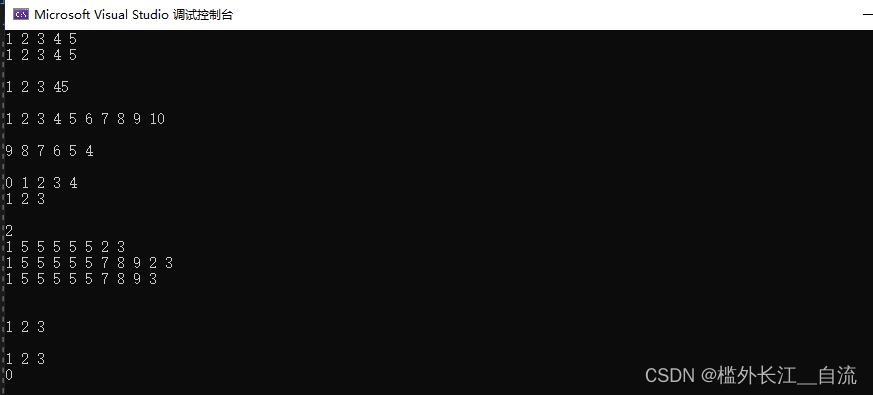
2. list的模拟实现
2.1 模拟实现list
要模拟实现list,必须要熟悉list的底层结构以及其接口的含义,通过上面的学习,这些内容已基本掌握,现
在我们来模拟实现list。
list.h
#pragma once
#include<iostream>
#include<assert.h>using namespace std;namespace hcm
{template<class T>struct ListNode{ListNode(const T& val = T()):_prev(nullptr), _next(nullptr), _val(val){}ListNode<T>* _prev;ListNode<T>* _next;T _val;};template<class T,class Ref,class Ptr>class ListIterator{typedef ListNode<T> Node;typedef ListIterator<T, Ref, Ptr> Self;public:typedef Ref Ref;typedef Ptr Ptr;public://// 构造ListIterator(Node* node = nullptr):_node(node){}// 具有指针类似行为Ref operator*(){return _node->_val;}Ptr operator->(){return &(operator*());}// 迭代器支持移动Self& operator++(){_node = _node->_next;return *this;}Self& operator++(int){Self tmp(*this);_node = _node->_next;return tmp;}Self& operator--(){_node = _node->_prev;return *this;}Self& operator--(int){Self& tmp(*this);_node = _node->_prev;return tmp;}// 迭代器支持比较bool operator!=(const Self& l) const{return _node != l._node;}bool operator == (const Self& l) const{return _node == l._node;}Node* _node;};template<class Iterator>class ReverseListIterator{
// 注意:此处typename的作用是明确告诉编译器,Ref是Iterator类中的一个类型,
// 而不是静态成员变量
// 否则编译器编译时就不知道Ref是Iterator中的类型还是静态成员变量
// 因为静态成员变量也是按照 类名::静态成员变量名 的方式访问的public:typedef typename Iterator::Ref Ref;typedef typename Iterator::Ptr Ptr;typedef ReverseListIterator<Iterator> Self;public:ReverseListIterator(Iterator it):_it(it){}// 具有指针类似行为Ref operator*(){Iterator temp(_it);--temp;return *temp;}Ptr operator->(){return &(operator*());}// 迭代器支持移动Self& operator++(){--_it;return *this;}Self& operator++(int){Self temp(*this);--_it;return temp;}Self& operator--(){++_it;return *this;}Self& operator--(int){Self temp(*this);++_it;return temp;}// 迭代器支持比较bool operator!=(const Self& l)const{return _it != l._it;}bool operator ==(const Self& l) const{return _it == l._it;}Iterator _it;};template<class T>class list{typedef ListNode<T> Node;public:// 正向迭代器typedef ListIterator<T, T&, T*> iterator;typedef ListIterator<T, const T&, const T&> const_iterator;// 反向迭代器typedef ReverseListIterator<iterator> reverse_iterator;typedef ReverseListIterator<const_iterator> const_reverse_iterator;public:///// List的构造list(){CreateHead();}list(int n, const T& value = T()){CreateHead();for (int i = 0; i < n; ++i)push_back(value);}template <class Iterator>list(Iterator first, Iterator last){CreateHead();while (first != last){push_back(*first);++first;}}list(const list<T>& l){CreateHead();// 用l中的元素构造临时的temp,然后与当前对象交换list<T> temp(l.begin(), l.end());this->swap(temp);}list<T>& operator=(list<T> l){this->swap(l);return *this;}~list(){clear();delete _head;_head = nullptr;}///// List的迭代器iterator begin(){return iterator(_head->_next);}iterator end(){return iterator(_head);}const_iterator begin()const{return const_iterator(_head->_next);}const_iterator end()const{return const_iterator(_head);}reverse_iterator rbegin(){return reverse_iterator(end());}reverse_iterator rend(){return reverse_iterator(begin());}const_reverse_iterator rbegin()const{return const_reverse_iterator(end());}const_reverse_iterator rend()const{return const_reverse_iterator(begin());}///// List的容量相关size_t size()const{Node* cur = _head->_next;size_t count = 0;while (cur != _head){count++;cur = cur->_next;}return count;}bool empty()const{return _head->_next == _head;}void resize(size_t newsize, const T& data = T()){size_t oldsize = size();if (newsize <= oldsize){// 有效元素个数减少到newsizewhile (newsize < oldsize){pop_back();oldsize--;}}else{while (oldsize < newsize){push_back(data);oldsize++;}}}// List的元素访问操作// 注意:List不支持operator[]T& front(){return _head->_next->_val;}const T& front()const{return _head->_next->_val;}T& back(){return _head->_prev->_val;}const T& back()const{return _head->_prev->_val;}// List的插入和删除void push_back(const T& val){insert(end(), val);}void pop_back(){erase(--end());}void push_front(const T& val){insert(begin(), val);}void pop_front(){erase(begin());}// 在pos位置前插入值为val的节点iterator insert(iterator pos, const T& val){Node* pNewNode = new Node(val);Node* pCur = pos._node;// 先将新节点插入pNewNode->_prev = pCur->_prev;pNewNode->_next = pCur;pNewNode->_prev->_next = pNewNode;pCur->_prev = pNewNode;return iterator(pNewNode);}// 删除pos位置的节点,返回该节点的下一个位置iterator erase(iterator pos){// 找到待删除的节点Node* pDel = pos._node;Node* pRet = pDel->_next;// 将该节点从链表中拆下来并删除pDel->_prev->_next = pDel->_next;pDel->_next->_prev = pDel->_prev;delete pDel;return iterator(pRet);}void clear(){Node* cur = _head->_next;// 采用头删除删除while (cur != _head){_head->_next = cur->_next;delete cur;cur = _head->_next;}_head->_next = _head->_prev = _head;}void swap(hcm::list<T>& l){std::swap(_head, l._head);}private:void CreateHead(){_head = new Node;_head->_prev = _head;_head->_next = _head;}private:Node* _head;};}template<class T>
void PrintList(const hcm::list<T>& l)
{auto it = l.begin();while (it != l.end()){cout << *it << " ";++it;}cout << endl;
}
list.cpp
#include"list.h"// 测试List的构造
void TestList1()
{hcm::list<int> l1;hcm::list<int> l2(10, 5);PrintList(l2);int array[] = { 1, 2, 3, 4, 5, 6, 7, 8, 9, 0 };hcm::list<int> l3(array, array + sizeof(array) / sizeof(array[0]));PrintList(l3);hcm::list<int> l4(l3);PrintList(l4);l1 = l4;PrintList(l1);}
// PushBack()/PopBack()/PushFront()/PopFront()
void TestBiteList2()
{hcm::list<int> lt;lt.push_back(1);lt.push_back(2);lt.push_back(10);PrintList(lt);lt.pop_back();PrintList(lt);lt.push_front(0);PrintList(lt);lt.pop_front();PrintList(lt);}// 测试insert和erase
void TestBiteList3()
{int array[] = { 1, 2, 3, 4, 5 };hcm::list<int> l(array, array + sizeof(array) / sizeof(array[0]));auto pos = l.begin();l.insert(l.begin(), 0);PrintList(l);++pos;l.insert(pos, 2);PrintList(l);l.erase(l.begin());l.erase(pos);PrintList(l);// pos指向的节点已经被删除,pos迭代器失效cout << *pos << endl;auto it = l.begin();while (it != l.end()){it = l.erase(it);}cout << l.size() << endl;
}// 测试反向迭代器
void TestBiteList4()
{int array[] = { 1, 2, 3, 4, 5 };hcm::list<int> l(array, array + sizeof(array) / sizeof(array[0]));auto rit = l.rbegin();while (rit != l.rend()){cout << *rit << " ";++rit;}cout << endl;const hcm::list<int> cl(l);auto crit = l.rbegin();while (crit != l.rend()){cout << *crit << " ";++crit;}cout << endl;
}int main()
{TestList1();TestBiteList2();TestBiteList3();TestBiteList4();return 0;
}
运行结果如下:
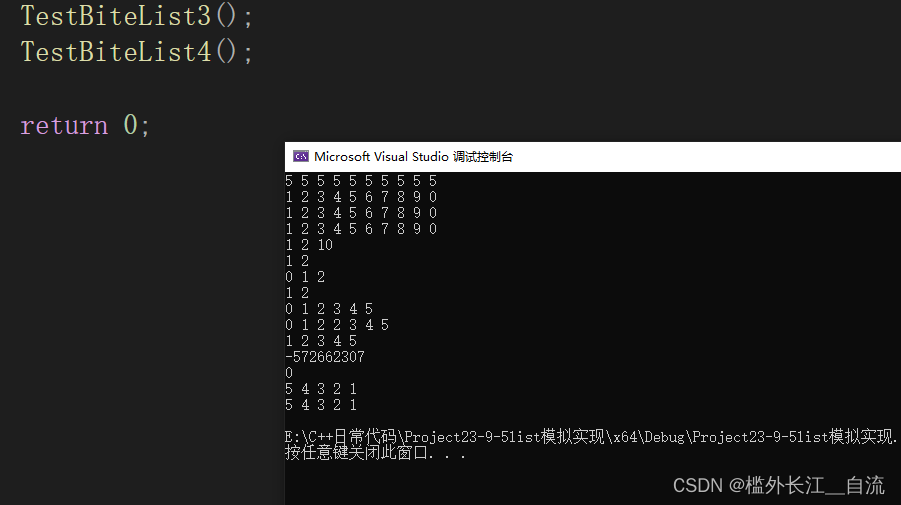
3. list与vector的对比
vector与list都是STL中非常重要的序列式容器,由于两个容器的底层结构不同,导致其特性以及应用场景不
同,其主要不同如下:
| vector | list |
|---|---|
| 底层结构:动态顺序表,一段连续空间 | 底层结构:带头结点的双向循环链表 |
| 随机访问:支持随机访问,访问某个元素效率O(1) | 不支持随机访问,访问某个元素效率O(N) |
| 插入和删除:任意位置插入和删除效率低,需要搬移元素,时间复杂度为O(N),插入时有可能需要增容,增容:开辟新空间,拷贝元素,释放旧空间,导致效率更低 | 任意位置插入和删除效率高,不需要搬移元素,时间复杂度为O(1) |
| 空间利用率:底层为连续空间,不容易造成内存碎片,空间利用率高,缓存利用率高 | 底层节点动态开辟,小节点容易造成内存碎片,空间利用率低,缓存利用率低 |
| 迭代器:原生态指针 | 对原生态指针(节点指针)进行封装 |
| 迭代器失效:在插入元素时,要给所有的迭代器重新赋值,因为插入元素有可能会导致重新扩容,致使原来迭代器失效,删除时,当前迭代器需要重新赋值否则会失效 | 插入元素不会导致迭代器失效,删除元素时,只会导致当前迭代器失效,其他迭代器不受影响 |
| 使用场景:需要高效存储,支持随机访问,不关心插入删除效率 | 大量插入和删除操作,不关心随机访问 |



